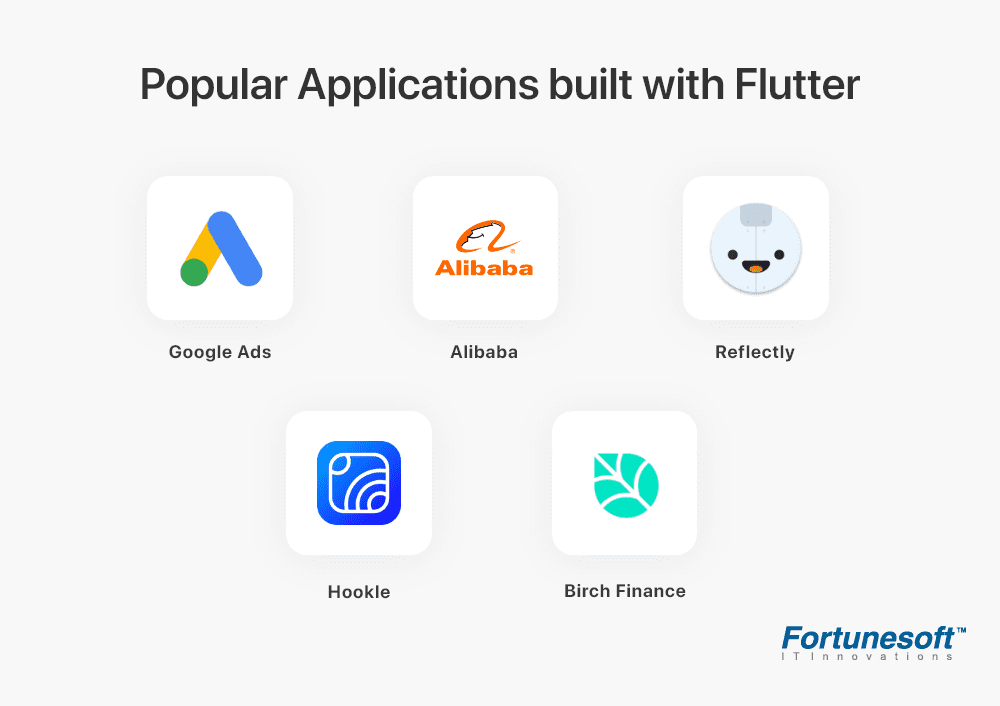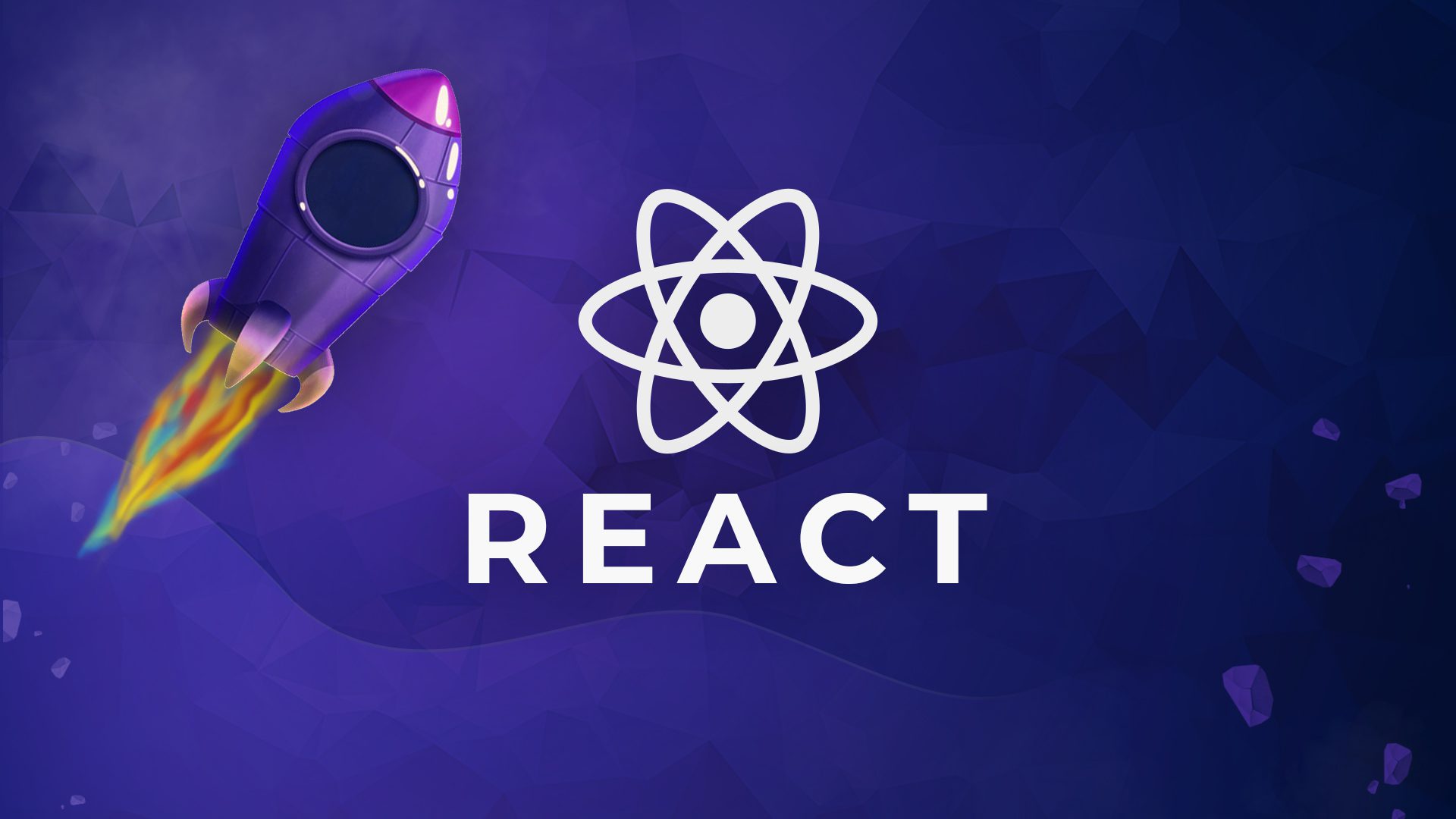Purpose of this Article
The purpose of this blog is to give you brief information regarding Flutter Vs react native so that you can get a better idea of which language to choose for your app development.
Every business wants more customers to know about them, and to have more customers, one should know which framework is better, React Native or Flutter. Like your time, money, and effort are invested, the best decision should be made before development.
Flutter vs. React Native
What is Flutter?

Flutter is a software development kit with exclusive widgets and tools and a portable toolkit. Flutter offers cross-platform app development; it gives easy and attractive access to iOS and Android platforms using one code.
What is Flutter for?
• Flutter is based on the Dart programming language, which is fast object-oriented; it is new and easy to learn for programmers familiar with C and Java.
• The architecture is reactive programming similar to the same style as React.
• Flutter gives a high-performance built-in engine which makes it fast, customizable and attractive.
• Its source is free and open.
• Flutter apps have widget experience, which makes them unique, but you can always customize them using the available UI elements.
Who created Flutter?
Flutter is built by a team at Google where both the communities contribute equally to the development process.
What popular apps are made with Flutter?

Apps Built with Flutter
• Google ads
• Google Assistant
• Google stadia
• topline
• Alibaba
• Reflect
• Hookle
• Birch finance
• Philips hue
Advantages of Flutter
Flutter enjoys benefits that draw in app designers and entrepreneurs to pick Flutter. Beneath referenced is a couple of them:
1. Apps created through Flutter are similarly successful on both Google and Apple stages. The cycle requires less coding during advancement, and business firms can send off the apps on both stages.
2. The hot reload component of Flutter is one of the central angles, which persuades the designers. Utilizing this element, they can see any change made to the code progressively. They need not restart the app.
3. The Dart programming language utilized in Flutter app improvement is specifically an article arranged in nature. In Flutter, the programming style is explanatory and responsive. The JavaScript span isn’t required in Flutter, which upgrades the app’s public exhibition and startup season.
4. At times, business firms need to exhibit their items to financial backers in a brief time frame. In these circumstances, a Flutter portable app can fill the need. On both Android and iOS stages, the apps look local.
5. Regardless of the size of the screen, the gadgets ought to have a characteristic look. These are required for the view and point of interaction of the apps. Moreover, your devices should be effectively adaptable, extensible, and quick.
Disadvantages of Flutter
The Flutter framework is comparatively young, and it will still be developing. A few flaws are:
1. Flutter has a few important libraries; it is similarly new. You probably won’t observe every one of the functionalities that you want. Engineers utilizing Flutter need to foster these libraries, and this is a tedious undertaking.
2. The apps created utilizing Flutter are more significant than 4 MB every; this could be a worry for specific business houses, searching for little measured apps.
3. Flutter is another instrument, and consequently, temperamental. The designers are experiencing new worries, similar to the inability to adapt to changes in the UI of Android and iOS. A few designers have guaranteed that Flutter should be additionally redesigned to deal with enormous eCommerce applications.
What is React Native?

React Native is an open-source framework and uses JavaScript for mobile applications.
What is React Native for?
• JavaScript language is used in building react apps
• Cross-platform development
• Both Android and iOS development applications use the same code
• Components are similar to Flutter
Who created React Native?
React Native was created by Facebook.
What popular apps are made with React Native?

Apps Built with React Native
• Facebook
• Vogue
• Instagram
• Wix
• Salesforce
• Kfc
• Walmart
• Discord
• Bloomberg
• Pinterest
• Uber eats
• Skype
• Airbnb
• Tesla
Advantages of React Native
1. React Native is known for Optimal Performance React Native is a genuine resource for working on the exhibitions through native control and modules. The React Native gets associated with the native parts for both the Operating Systems and produces a code to the native APIs forthright and uninhibitedly.
2. One of the most significant advantages you can acquire from React Native is the upside of code reusability. The designers feel honored and grateful to Facebook as they don’t need to foster a different versatile app for every stage. Indeed, you incorporate 90% of the native system for reusing the codes for both OS. It is a direct result of this one-of-a-kind element that the designers will generally save a ton of time and abridge the expense of app improvement. What’s more satisfying to take note of is that you can likewise reuse the web application codes for making a portable app, assuming they are written in React.
3. The Fact that React Native is an open-source JavaScript stage where each designer can add to the system, and it’s effectively available to all. Thus, you can exploit the local area-driven innovation. This intends that assuming any designer gets stuck someplace while fostering an app; he can assist the local area individuals who might direct him in such a manner. The help of a vast local area is likewise valuable as it permits you to share your encounters and portfolios with the goal that you can go for better coding.
4. React Native is known for its help for Live and Hot Reloading. Try not to become confounded as both are various highlights. On the off chance that we talk about Live Reloading, it’s a device that aids in ordering and perusing the record where the engineer had rolled out the improvements. It additionally offers another form to the trigger, consequently perusing the app all along. The Hot Reloading depends on the Hot Module Replacement (HMR) and initiation after the underlying reloading process.
5. React Native serves to advancement. The designers don’t have to involve different codes for both stages as both OS can be coded with a single programming language. Presently, this makes your task cost more reasonable as you don’t need to utilize an enormous group and various engineers for taking care of business.
6. The React Native likewise offers an improved portable User Interface.
7. The React Native additionally delivers its help for the outsider modules offering several choices that incorporate native and JavaScript modules. It doesn’t have a few parts in the principle system.
8. The React Native offers one of the highlights or advantages, which is improving the course of information restriction. Because of this viewpoint, your apps become more steady, and the degree of dependability increments. The youngster component doesn’t have any impact on the parent information.
9. Modular Programming assists with isolating the program capacities into different free and exchangeable squares known as modules. Presently this is a programming strategy that makes the improvement more adaptable and lays out better coordination to get the updates. React Native benefits from this particular engineering response to Native designers to quickly overhaul the apps.
10. React Native provides you with the benefit of having the best rundown of instant arrangements and libraries to improve on advancement. It likewise has countless libraries that are exceptionally helpful for designers.
Disadvantages of React Native
Nothing is complete in the space of cross-stage improvement (not yet, at any rate), and the React Native restrictions are apparent. Albeit the structure includes a solitary, focal base of information (very much like Flutter), even the defenders of React Native concede that the documentation could be better. Some of them actually may not be fit to carry out the usefulness of your venture in full.
1. React Native is a beginner when contrasted with other Android and iOS programming dialects, It is as yet in its improvement stage, and this can contrarily affect the apps.
2. React Native can be an extreme rope to advance, mainly if you are only a fresher in the app improvement field. This is because of the presence of JSX in the JavaScript language structure augmentation, where the HTML component gets joined with JavaScript.
3. React Native is a JavaScript library and open-source structure, making a hole in the security vigor. Yet, now and again, you want to give additional security explicitly on the off chance that you are making banking and monetary apps where information is exceptionally private. In this way, specialists exhortation not to pick React Native in those cases.
4. The issue with React Native is that it requires some investment for introducing the runtime in any event, for the hey tech devices and gadgets before it very well may be delivered at first.
5. React Native isn’t fit to use for the calculation of the concentrated apps but once more, the obligation regarding this downside falls on JavaScript. It becomes challenging to deal with memory and utilization have given the float calculations.
Flutter vs. React Native: Which one to choose in 2022?

Both frameworks work similarly in programming and offer similar general elements. Both are great to construct a mobile cross-stage MVP with the reuse of the code and broaden it with any of the free authority or local area. Both reduce time-to-market and task while producing for a considerable time.
How are they different, though?
Performance
Flutter projects agree to native code, which better execution; here is a benchmark on this. In any case, it runs into execution issues when a specific designs routine isn’t enhanced now and then.
Ease of use
For instance, JavaScript designers (web front-end or back-end) report that it is more straightforward to learn React Native. No big surprise! Flutter requires the information on Dart.
Platform support
Flutter targeted web and mobile work areas and was also installed. It is valuable when an app is made to be available from in a real sense any gadget: telephone, tablet, PC, or a vehicle infotainment framework screen.
Project size
React Native will be more often more lightweight. It may not look like many benefits these days, yet considerably smaller than expected wearable gadgets: one actually must be aware of free space use.
Which one to choose?
These two systems are generally new and, in this way, can’t be named mature and stable right now. The unexpected exhibition is conceivable whenever. Their lead engineers and local area effectively improve both.
Flutter Developers vs React Native Developers rates comparison
| Flutter | React Native | |
| UK | $35 | $40 |
| Canada | $50 | $40 |
| Pakistan | $40 | $45 |
When to Choose React Native
React Native is a tool for making complicated applications. For projects that your undertaking is relied upon to be on a vast scale and well established, we use React Native. It has more strong and broad documentation. Likewise, on the other hand, if you intend to reuse code for a web application and a work area application, pick React Native.
When to Choose Flutter
The local parts and hot reload highlight make Flutter an ideal instrument for a cycle. If you want to make an MVP in a short duration, go with Flutter. It’s the perfect decision if your application is UI-focused.
Which is Better? In conclusion
Google’s reality upholds Flutter making it a genuine React Native alternative to consider. Google cross-stage mobile improvement depends on the Dart compiler. In contrast, React Native advancement depends on WebView and JavaScript layer that diminishes the speed of a React Native mobile app. Flutter accompanies its delivering motor that empowers the formation of really exceptional plans to the detriment of expanded project weight. React Native is limited to native parts that might require further customization manually. A Flutter app can bounce into the work area climate right away, while a React app should involve a web interface as a mediator for that circumstance.
There isn’t anything called “The best cross-stage system” – each structure is excellent at clear use cases. Nonetheless, prior, numerous designers concurred that Flutter is the most impressive cross-stage structure at any point worked because of its exhibition and adaptability. React Native’s new design will compare React Native’s and Flutter’s examination scores. At long last, we can think about React Native versus Flutter correlation as JavaScript/React versus Dart/Material UI correlation. Maybe, it’s just with regards to designer experience. Presently we can overlook the exhibition examination component and spotlight exclusively on the thing we are working on choosing a fine structure.
All in all, would you say you are searching for experienced engineers to assist you with sending off an undertaking without any preparation or help the entire group with specific elements? Reach out; we’ll happily do it for you.




